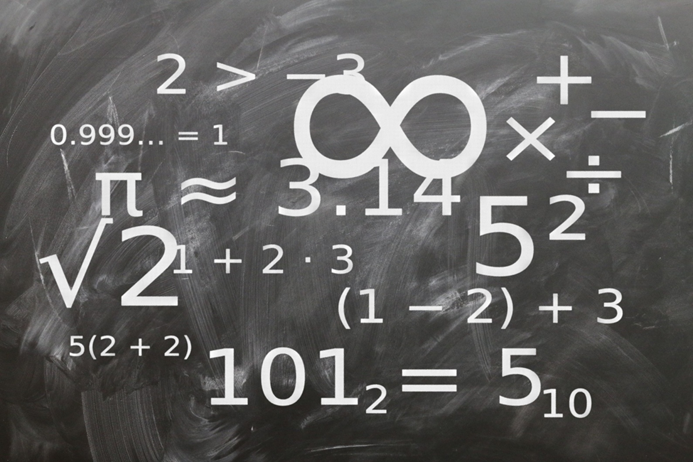Are you taking a lot of math courses in college? If you’re not sure if you’re doing applied math or pure math, you’re not alone.
Many students get confused because they don’t know the differences between applied math vs. pure math. It’s important to know the differences because it will help you understand what the major of your degree is and the career you’ll be heading in.
One type focuses on the real world and how math fits into it, while the other is theoretical and focused on mathematics alone.
Here’s everything you need to know about the differences so you can make smarter choices about your future.
What Is Applied Math?
Applied math is the field of mathematics that deals with the application of mathematical concepts to real-world situations. It is a broad field that covers a wide range of topics, from the every day to the extremely abstract. It is also a useful tool for solving problems in the real world.
What Is Pure Math?
From a mathematical standpoint, pure mathematics is the study of abstractions. This includes the study of both the structure and properties of mathematical objects, as well as the relationships between them.
Pure mathematics is often considered to be separated from the world of physical applications and focuses on the internal consistency of its own structure. Yet, pure mathematics is not without its own applications, as it forms the foundation for much of modern mathematics.
Differences in Their Approach
Applied math is focused on solving real-world problems, while pure math is focused on exploring fundamental questions and discovering new truths. As a result, applied math is more practical and down-to-earth, while pure math is more theoretical. Because of this, applied math is often seen as more useful.
Yet, pure math is still important, as it helps develop the theories and principles that applied math as its basis. Without pure math, applied math would not be possible.
Differences in Career Path
Applied math careers often involve working in engineering, physics, or another STEM field. Many applied math careers need a bachelor’s degree, but some jobs may only require a strong math background and no formal education.
Pure math careers often focused on academia or research. Many pure math careers require a Ph.D., but there are some jobs that only need a master’s degree. Pure math careers often involve working in academia, research, or finance.
The choice of which type of math to study in Derivita depends on the student’s interests and goals.
Choose Your Field: Applied Math vs. Pure Math
Math is a tool that we use in the world to help us understand and solve problems. Applied math is a branch of math that deals with math to apply in the real world. Pure math is a branch of mathematics that deals with the abstract relationships between numbers and objects.
With applied math vs. pure math guide, both are important in their own way, and which one you study depends on your career goals.
Applying some of these ideas could help you make connections and challenge your thinking in interesting ways. If you’d like to read more, check out the education section of the blog.








